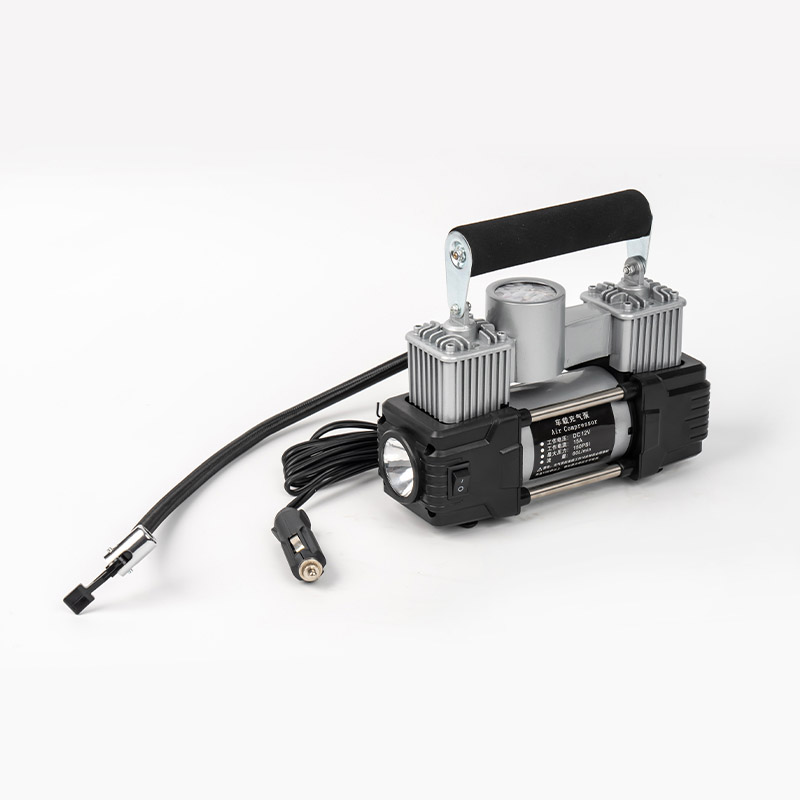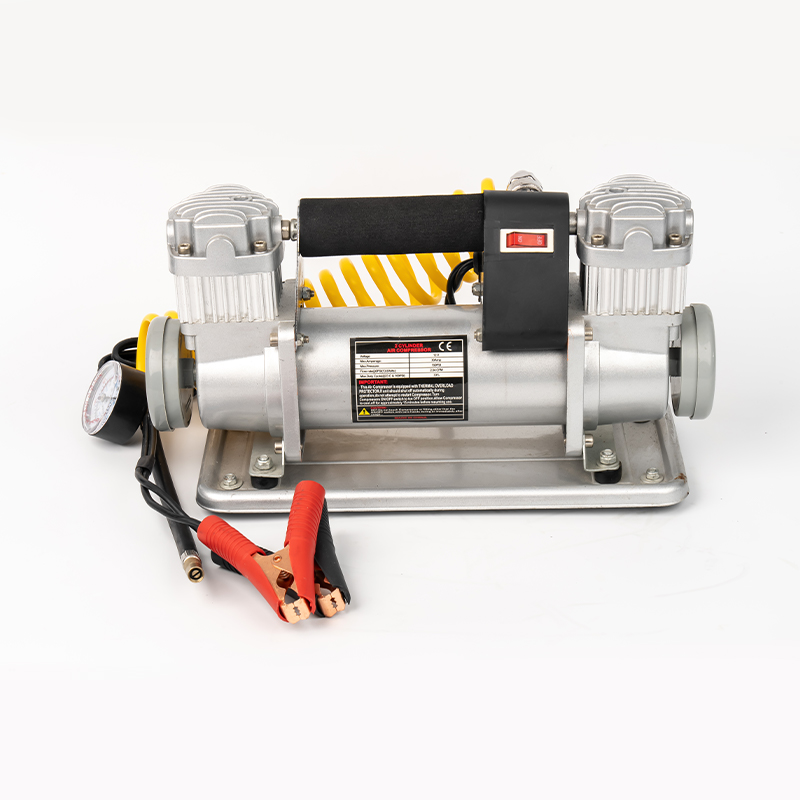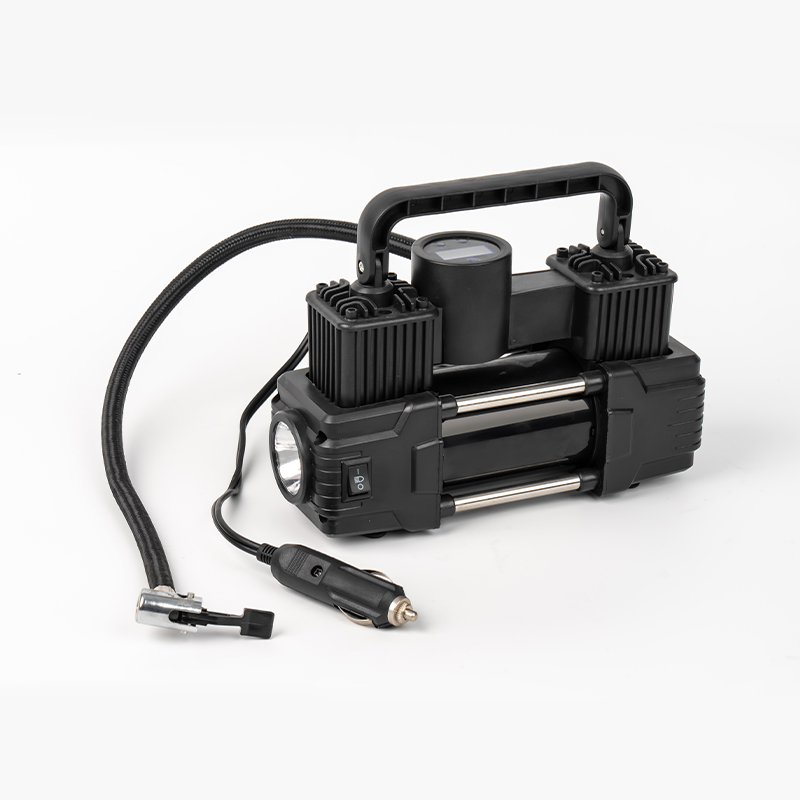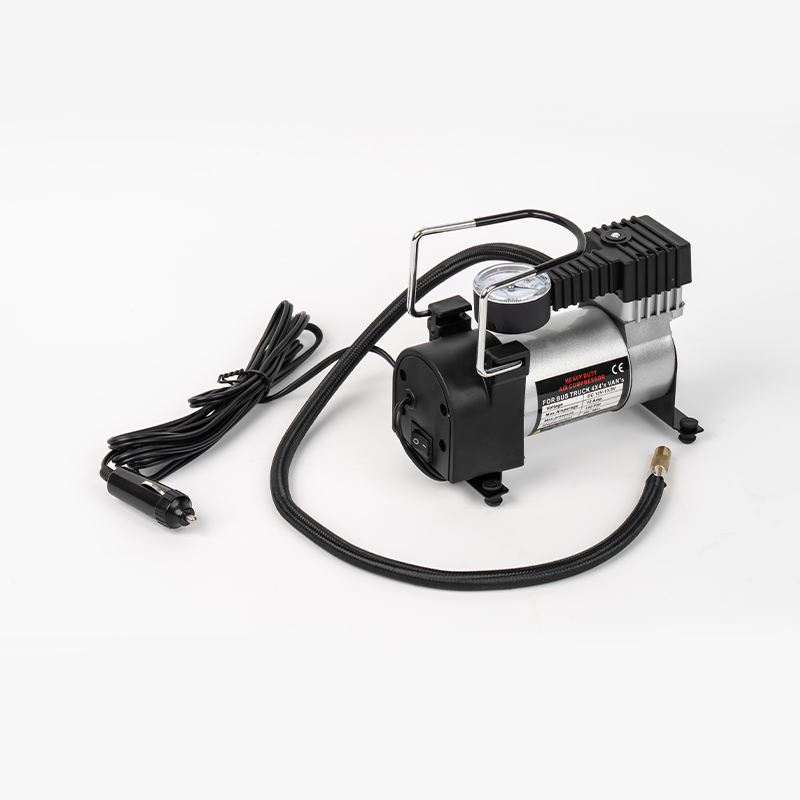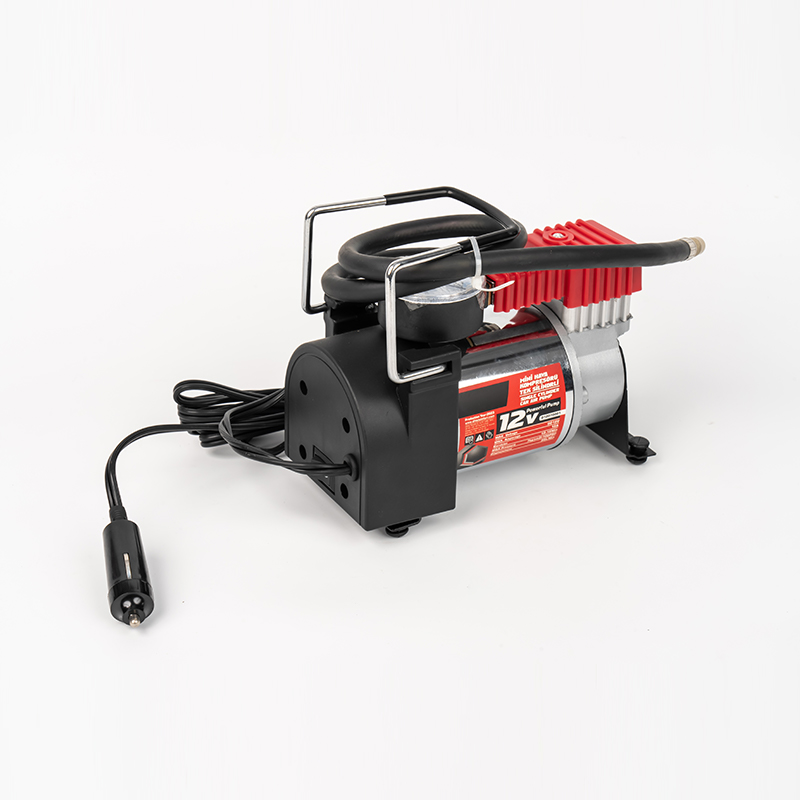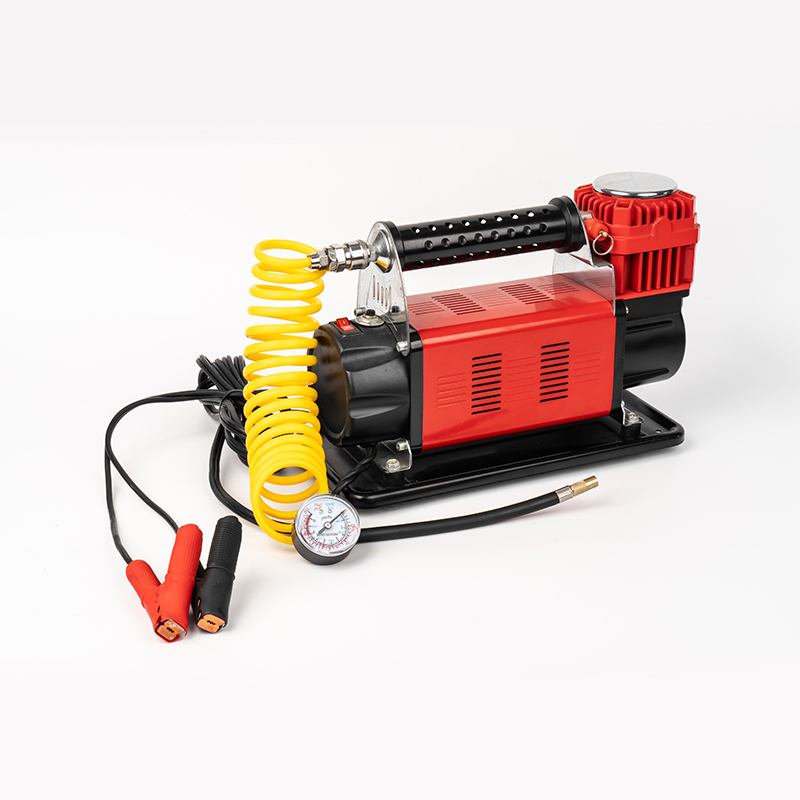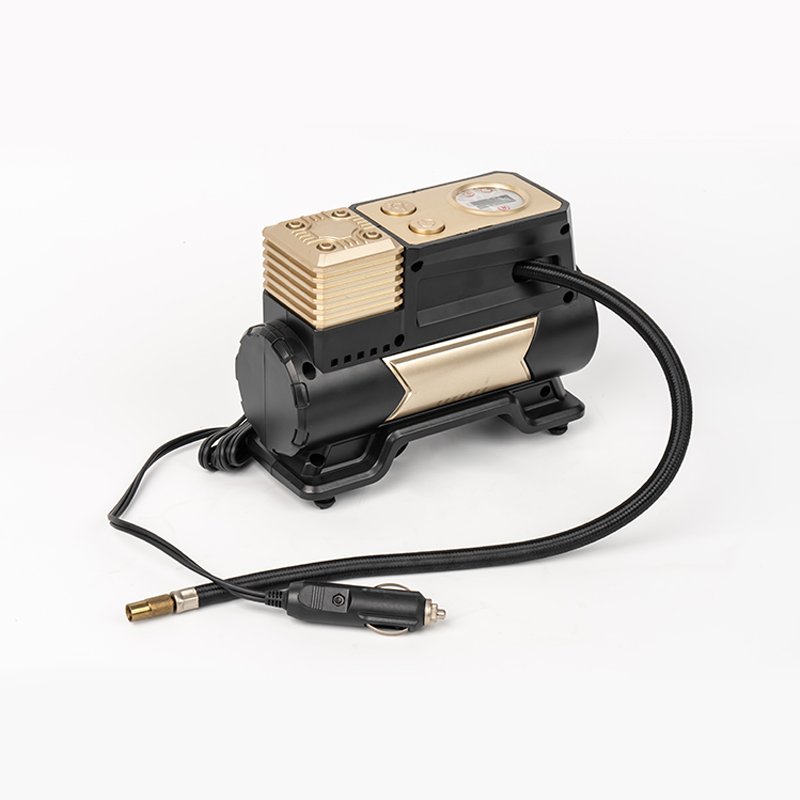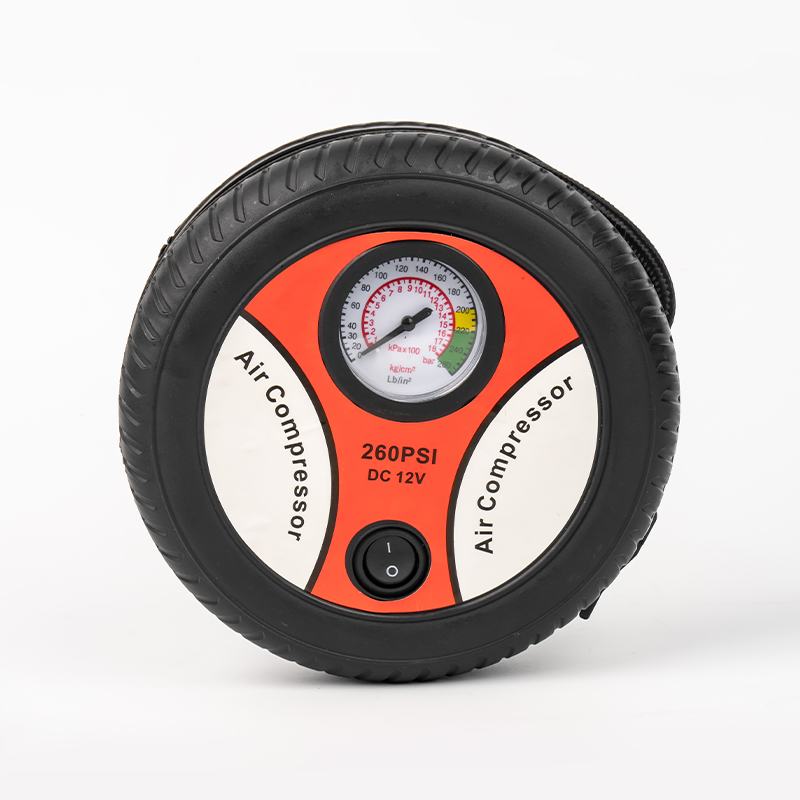Maintaining correct tire pressure is critical for vehicle safety, fuel efficiency, and tire longevity. An Automotive Tire Inflator is an essential tool for this task, serving as a convenient solution for emergencies and routine maintenance. A common question among consumers is regarding the operational lifespan of these devices.
Understanding the Lifespan of an Automotive Tire Inflator
There is no single, universal lifespan for an Automotive Tire Inflator. Its longevity is not measured in years but in hours of operation and is heavily influenced by build quality, usage patterns, and maintenance. A well-made unit used sporadically for topping off tires can last for many years, while a cheaper model subjected to frequent, heavy use inflating large tires may fail much sooner.
On average, a quality Automotive Tire Inflator can be expected to provide reliable service for approximately 2 to 5 years with appropriate use. However, the core component—the motor—often has a rated runtime. Many consumer-grade models feature motors rated for 15 to 30 minutes of continuous runtime before requiring a cooldown period. The total lifespan of the motor might be in the range of 10 to 20 hours of cumulative operation. Higher-end, commercial-grade models will have more robust motors with significantly longer lifespans.
Key Factors Influencing Longevity
-
Build Quality and Materials: The quality of the motor, pistons, seals, and housing is the primary determinant of longevity. Metal components typically outlast plastic ones. Units with thermal overload protection are less likely to suffer motor burnout.
-
Duty Cycle: This refers to the ratio of running time to rest time. Most portable inflators are not designed for continuous, heavy-duty use. Inflating a single passenger car tire is a light task; inflating a large SUV or light truck tire from flat is a much heavier load. Adhering to the manufacturer's recommended duty cycle (e.g., 15 minutes on, 15 minutes off) is crucial for preventing overheating and premature failure.
-
Power Source:
-
Corded (12V DC from car outlet): Performance can be affected by the health of the car's battery and alternator. Undervoltage can strain the motor.
-
Cordless (Battery-powered): Lifespan is also tied to the health and lifecycle of its lithium-ion battery, which may degrade after a few hundred charge cycles.
-
Corded (AC from wall outlet): Typically more powerful and stable, often found in larger stationary compressors, which generally have a longer lifespan due to less thermal stress.
-
Maintenance and Storage: Proper care, such as keeping the unit clean, storing it in a dry, temperature-stable environment, and ensuring the air filter is unobstructed, directly impacts its functional life.
-
Application: Using the inflator for its intended purpose is key. Using a small portable inflator to fill large air mattresses, sports equipment, or other high-volume items regularly will shorten its life more quickly than using it strictly for tires.
Types of Automotive Tire Inflators and Their Typical Lifespan
| Type |
Description |
Pros |
Cons |
Typical Lifespan Expectancy |
| Portable 12V DC Inflators |
Compact, powered by the vehicle's cigarette lighter socket. |
Highly portable, convenient for emergencies. |
Generally lower power, shorter duty cycles. |
Shorter. 2-4 years with light, sporadic use. Motor life ~10-15 hrs. |
| Cordless Battery-Powered Inflators |
Portable and self-contained with a rechargeable battery. |
Maximum portability, no need for a running vehicle. |
Battery degrades over time; limited runs per charge. |
Medium. 3-5 years. Lifespan is tied to both motor and battery health. |
| Portable Air Compressors |
Larger, more powerful portable units often with alligator clips for direct battery connection. |
Higher PSI/CFM, longer duty cycles, more powerful. |
Less compact, requires connection to vehicle battery. |
Longer. 4-7+ years. Built with more durable components for heavier use. |
| Stationary Air Compressors |
Large, AC-powered workshop compressors with air tanks. |
Highest power, continuous use capability, versatile. |
Not portable, requires garage/workshop space. |
Longest. 10+ years. Designed for industrial/continuous use with serviceable parts. |
Best Practices to Maximize the Life of Your Automotive Tire Inflator
-
Follow the Duty Cycle: Never exceed the recommended run time. Allow the unit to cool down completely between uses, especially after inflating a tire from flat.
-
Use a Stable Power Source: For 12V units, ensure the vehicle's engine is running to provide a stable voltage and prevent draining the battery.
-
Keep It Clean: Regularly inspect and clean the air intake filter if the unit has one. A clogged filter forces the motor to work harder.
-
Store Properly: Keep the inflator in a clean, dry place protected from extreme temperatures, which can damage electronic components and seals.
-
Use for Intended Purpose: Select an inflator with a capacity (PSI and CFM) suitable for your vehicle's tires to avoid overworking the device.
Frequently Asked Questions (FAQ)
Q: How will I know my Automotive Tire Inflator is failing?
A: Common signs include a significant decrease in pumping speed, an inability to reach target PSI, the motor struggling or sounding strained, overheating very quickly, or the unit automatically shutting down almost immediately after starting.
Q: Can an Automotive Tire Inflator be repaired?
A: This depends on the unit. Most inexpensive, sealed units are not designed to be user-repairable. Higher-end or stationary models may have serviceable parts like seals or replacement filters. Economic feasibility is often a factor; repair costs may approach the price of a new unit.
Q: Is it worth investing in a more expensive Automotive Tire Inflator?
A: From a longevity perspective, yes. Higher-priced models typically feature more durable metal components, more powerful motors with better thermal protection, and longer warranties. For frequent use or for larger vehicles, the investment can lead to a longer-lasting, more reliable tool.
Q: Does cold weather affect an Automotive Tire Inflator?
A: Yes. Cold temperatures can make internal seals and plastics more brittle, potentially increasing the risk of damage. The motor may also work harder due to increased air density. Allowing the unit to acclimate to cabin temperature before use is advisable.
In conclusion, the lifespan of an Automotive Tire Inflator is a variable dependent on quality, use, and care. While a typical portable unit may last several years, understanding its limitations and adhering to operational guidelines is the most effective way to ensure it remains a reliable part of your vehicle maintenance toolkit for as long as possible. Selecting a unit appropriately sized for your needs is the first step toward maximizing its service life.

 English
English Español
Español عربى
عربى Türk
Türk
